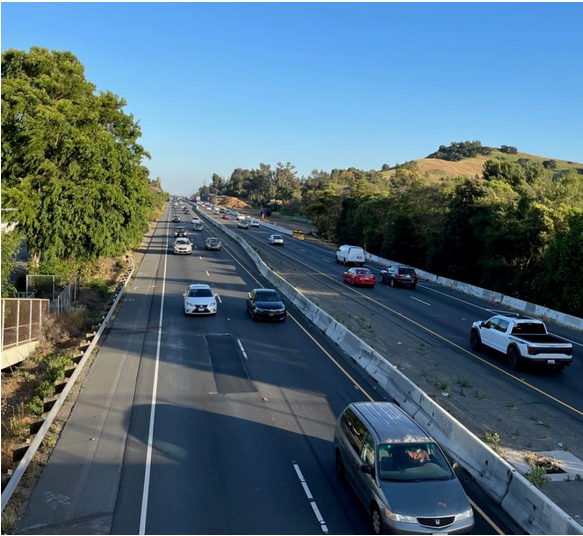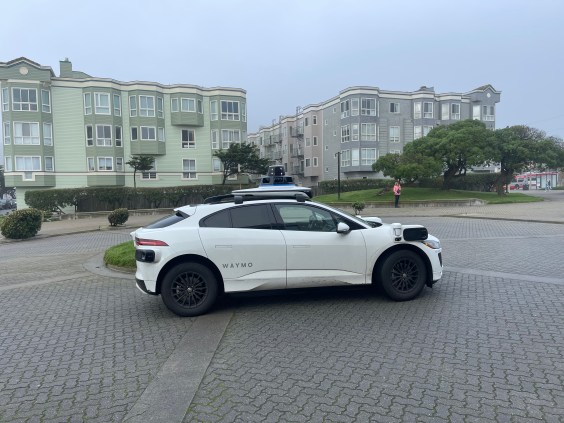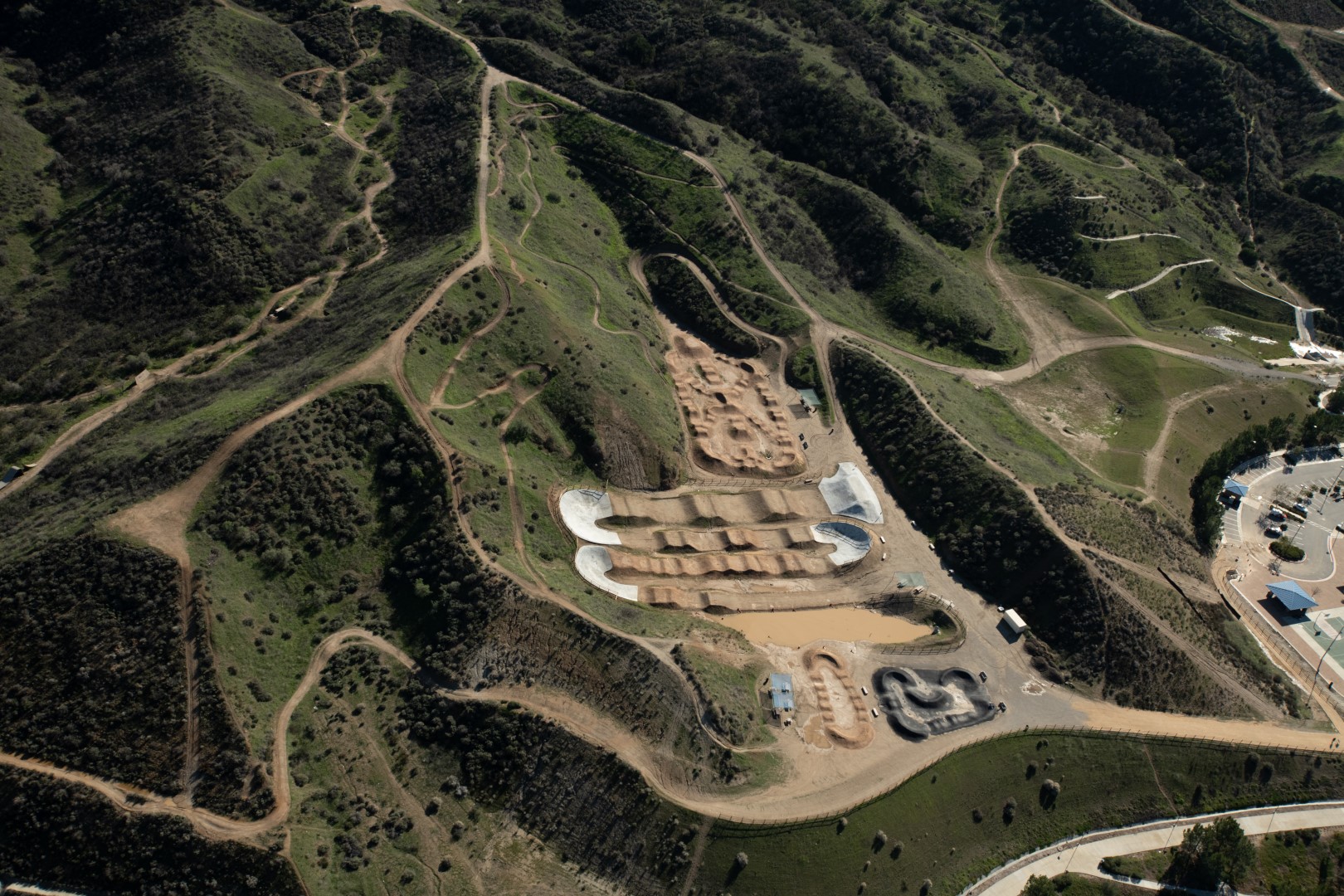"We're not the first ones to point this stuff out," said David Weiskopf, Senior Policy Advisor with Next Gen, about its new report “California at a Crossroads,” which calls for an end to "California’s traffic-creating, pave-the-earth approach to transportation."
California has been working for years to create policies that support clean air and water and that lower climate-change inducing carbon emissions. But the impact of those policies is weakened by resistance, inertia, habit, and fear of change. That has led to focusing on difficult but politically plausible solutions like electric vehicles, cleaning up the electricity sector, and calling for low-carbon fuels. While helpful, these efforts have also served as a distraction.
As the NextGen report states: "Increases in highway capacity are the central hurdle to [climate] progress." As long as California keeps expanding highways to accommodate driving, all the other efforts - to increase EVs, to produce clean energy, to add bike lanes - will have been a waste of time.
"One important implication of this phenomenon often goes overlooked: in virtually every scenario relevant to the U.S. transportation context, once highway capacity is built, the associated increase in [driving] cannot be undone through expansions in public transit.
That highway capacity will hold VMT [vehicle miles traveled] at a new, elevated level, and cannot be mitigated by simply adding transit capacity concurrently. Attempts to mitigate induced travel with investments in transit, active transportation, and various forms of transportation demand management [TDM] will be undone as the newly freed space on the highway backfills with new cars.
Transit, active transportation, and TDM have an important role to play in any VMT reduction strategy – they can improve the interconnectedness of the transportation system beyond the vehicle network, which is key to maintaining and expanding travel throughput and access to opportunity in a future where driving is just one transportation option of many. These types of mobility investments also crucially provide affordable, clean, and efficient transportation, effectively upholding the foundation of a functioning (and less car dependent) society.
But these investments, while of critical importance, do not address the specific goal of substantially reducing driving. Indeed, if California continues to expand highway capacity, the resulting increase in VMT will overwhelmingly cancel out the climate benefits of mode shift generated through concurrent transit improvements." (Emphasis added)
Right now there is a lot of money going into highways, both from the state gas tax and from federal sources. Many are supposed to be focused on "fix-it-first," but Caltrans engineers have a way of broadening the meaning of "maintain" and "improve" to include "expand" and "widen." The problem is, once these roads are "improved" by being widened, they will stay that way for years.
And California is running out of time. The car-accommodating infrastructure we are building will last for fifty years at a minimum, and even the California Air Resources Board (CARB) has been saying for the last fifteen that we don't have ten more years to get this right.
"We're reaching a moment where more and more advocacy organizations are becoming focused on this issue," Weiskopf told Streetsblog. "This coincides with related, overlapping crises including housing affordability and the increase in traffic fatalities. People are feeling it; it kind of sucks more to drive right now than it did a few years ago, and people feel less safe on the roads - because they are less safe, whether they are in a car or out of one."
With the effects of climate change increasing faster - as we were warned - the carbon reduction targets set by CARB are rapidly growing harder to reach, in part because other agencies - like the well-funded, rapidly building state highway department - are not living up to their own climate targets.
"All of these forces are combining to put some urgency behind thinking seriously about what we're doing with the billions and billions we are spending on transportation infrastructure every year," said Weiskopf. "We don't have the time or the money to waste doing it wrong."
NextGen's report outlines the issues and offers solutions, which "are available if elected officials and agency leadership can look past the false promises of status quo freeway-centric transportation planning," it says. There's no reason a smarter and better transportation system can't create more jobs per public dollar while also improving the quality of life, increasing safety, decreasing pollution, and "freeing Californians from hours upon hours stuck in traffic."
It offers a framework that is somewhat depressingly familiar to anyone who has been following these issues in the California legislature the past few years. California needs to: align transportation funding with climate goals (as called for by the state Climate Action Plan for Transportation Investment, CAPTI); bring transparency and accountability to the project selection process (as attempted with several bills in the past few years that so far have failed to make it through), and improve oversight and rigor in agency analyses of project impacts (also the subject of numerous bills).
Among its recommendations, the report includes revisiting local sales tax initiatives, which are frequently "framed as 'promises made' to voters who voted for funding highway capacity projects — sometimes decades ago — despite processes built into most sales tax measures that allow for changes to be made to spending plans in light of new information. Given the extensive research showing that capacity expansions provide no lasting public benefit [because they do not decrease congestion], these plans should be updated where possible."
Another recommendation is to increase accountability on highway projects, and to strengthen the public process around highway planning. Bike lanes, road diets, and transit adjustments frequently receive intense scrutiny and are the subject of multiple public meetings, but highway planning hides behind complex documents like the State Highway Operation and Protection Program (SHOPP), which relies on multi-year project lists with little detail on the projects within it. CEQA has also proven a weak tool for understanding and weighing in on highway projects, especially when highway builders frequently adopt a "statement of overriding considerations" which basically states that widening the highway outweighs every other consideration, including increased emissions and loss of housing and habitat.
"Since capacity expansions provide no lasting benefit to the public, providing one of these statements for capacity projects would be an abuse of procedure and actively work against California’s climate goals. Decision makers should rule out the use of overriding consideration for highway capacity projects," says the report.
"NextGen put out this report not to say something new," said Weiskopf, "but hoping to broaden the base of understanding these issues. People aren't used to thinking of freeways as fossil fuel infrastructure, but they are. Ending their expansion needs to be as high a priority as any of the other climate issues California is focused on."
When asked who needs to read the report, it's clear the answer is "everybody."
Members of the legislature need to know this information, as bills that have attempted to address these problems frequently struggle to pass, get watered down, and often fail. Governor Newsom issued several executive orders to bring all parts of the government into alignment with climate goals, and the California State Transportation Agency released a Climate Action Plan for Transportation Investment, but the agency most responsible for fulfilling those orders is not living up to its responsibility. Instead of doing the right thing, Caltrans planners continue to apply their creative juices to coming up with all kinds of reasons and excuses for continuing its business-as-usual highway building.
Sustainability, safety, climate, and environmental advocates - and the philanthropic community that supports advocacy efforts - "need to see the stark numbers in this report," said Weiskopf.
And the key is to remember that once those freeway miles are added, that's it. No amount of new bike lane miles will make up for the increased driving incentives. "New fossil fuel infrastructure makes things worse no matter what you put next to it," said Weiskopf.
It's important for people to understand that "We're not talking about taking away something you love and cherish; we're talking about building infrastructure that you want, for doing what you love," he added.






